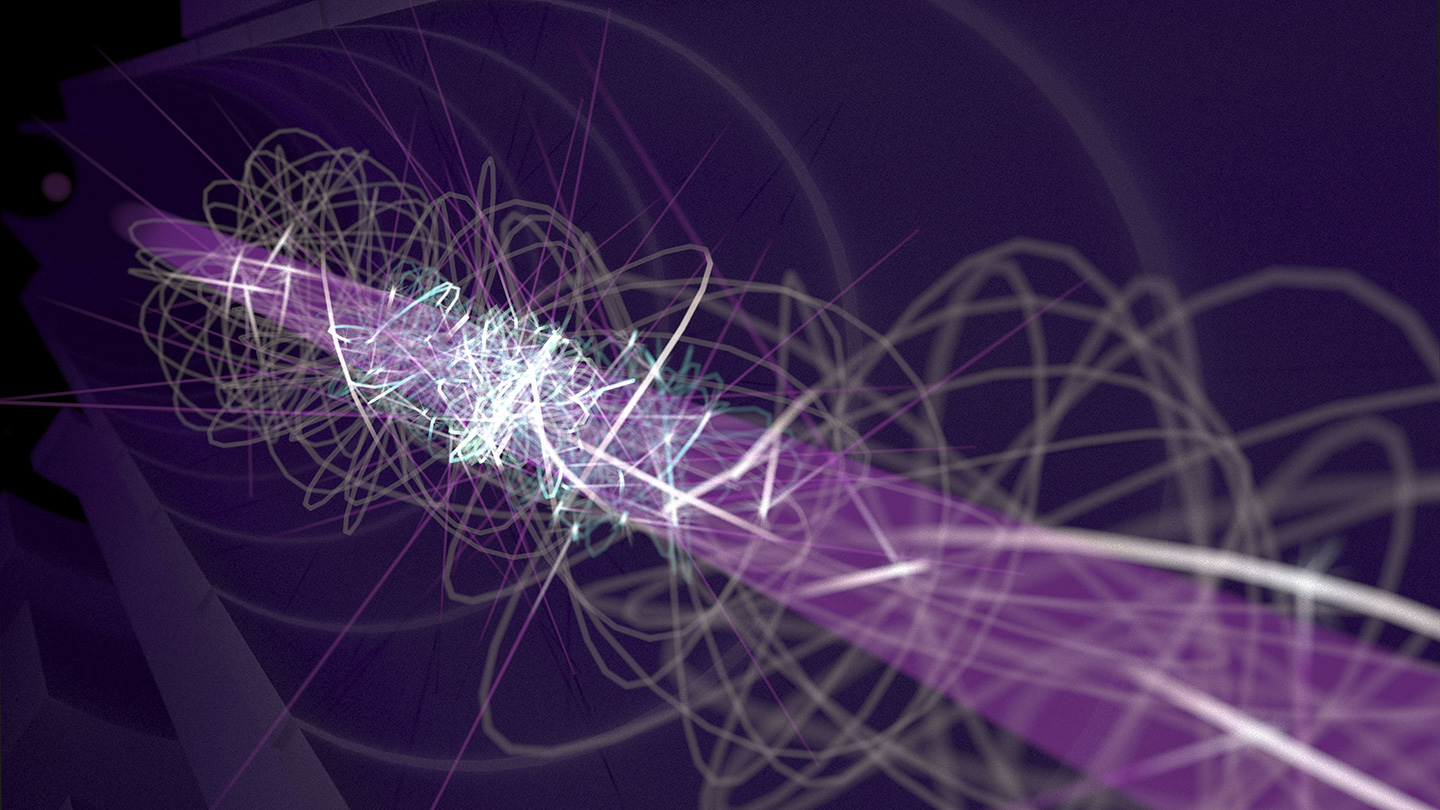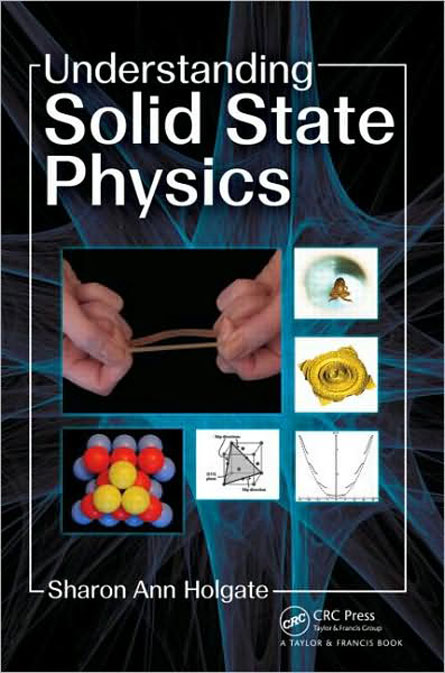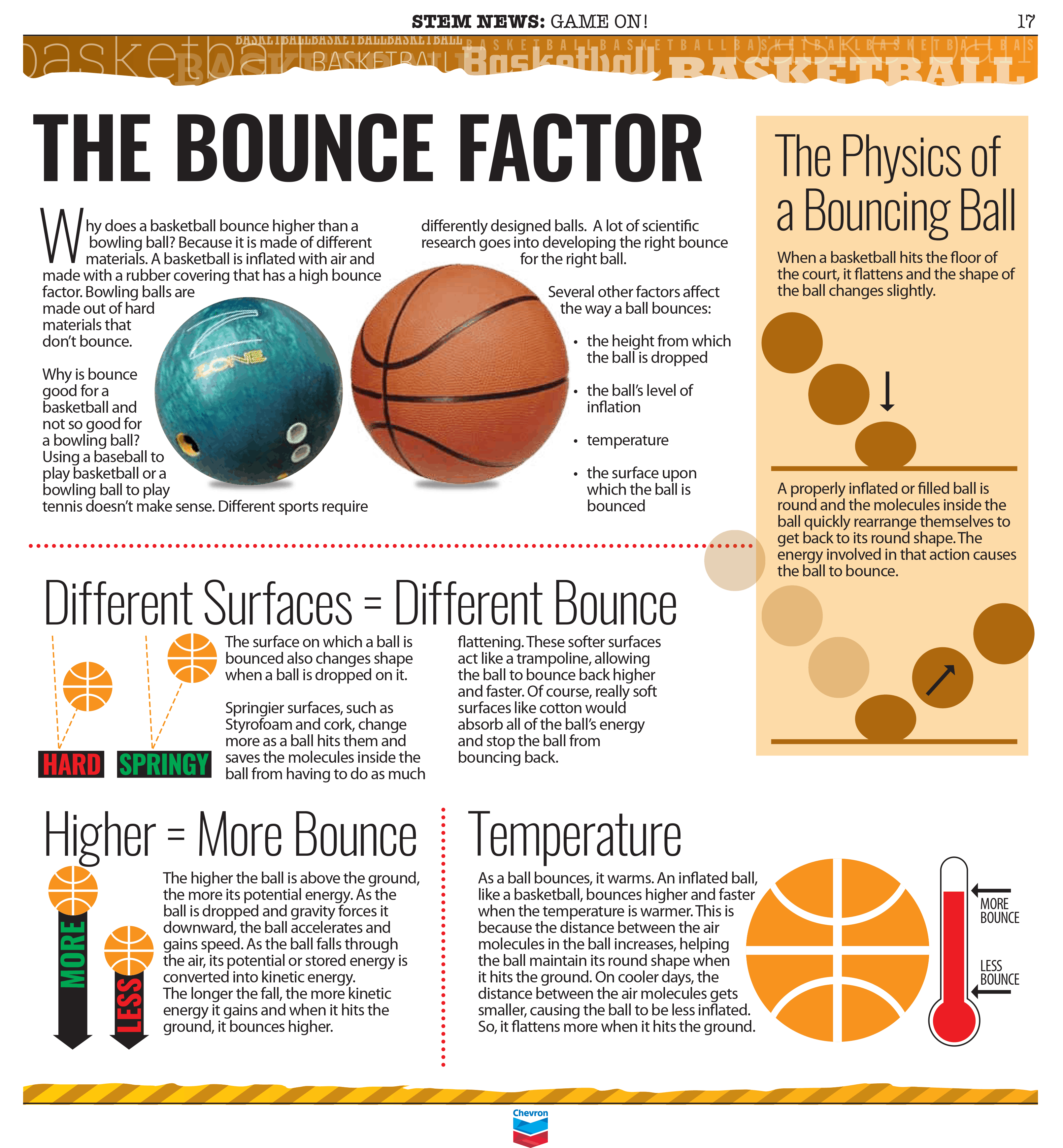
Scientists and engineers often rely on sensors to inform them of conditions that may change over time or that exist far from where a researcher can measure them directly. Sensor: A device that picks up information on physical or chemical conditions - such as temperature, barometric pressure, salinity, humidity, pH, light intensity or radiation - and stores or broadcasts that information. A scientist who works in such areas is known as a physicist. Quantum physics, a field of study that emerged later, is a more accurate way of explaining the motions and behavior of matter. Classical physics is an explanation of the nature and properties of matter and energy that relies on descriptions such as Newton’s laws of motion. Physics: The scientific study of the nature and properties of matter and energy. Phenomena: Events or developments that are surprising or unusual. Winners receive a medal and large cash award. In his will, Nobel left much of his fortune to create prizes to those who have done their best for humanity in the fields of physics, chemistry, physiology or medicine, literature and peace. Best known as the inventor of dynamite, Nobel was a wealthy man when he died on December 10, 1896. Nobel prize: A prestigious award named after Alfred Nobel. Neutrinos rarely react with normal matter. Neutrino: A subatomic particle with a mass close to zero. Anything on Earth with matter will have a property described as "weight." Matter: Something that occupies space and has mass. Mass: A number that shows how much an object resists speeding up and slowing down - basically a measure of how much matter that object is made from. Check out the IceCube website for materials and instructions to build your own paper model of a neutrino detector, create IceCube-themed pumpkin carvings and more.Īntimatter: Molecules formed by atoms consisting of antiprotons, antineutrons, and positrons.īlazar: A bright and distant active galaxy that shoots powerful jets of radiation from its center and directly toward Earth.Įlectric charge: The physical property responsible for electric force it can be negative or positive. Built within a cubic kilometer (a quarter cubic mile) of ice, thousands of sensors measure the light produced when neutrinos from space slam into the ice. The IceCube neutrino observatory is a huge detector at the South Pole. How neutrinos could ensure a submarine’s nuclear fuel isn’t weaponized ( Science News) Activities

Neutrinos hint the sun has more carbon and nitrogen than previously thought ( Science News) High-energy neutrinos may come from black holes ripping apart stars ( Science News) How ghostly neutrinos could explain the universe’s matter mystery ( Science News) Stars made of antimatter could lurk in our galaxy Long-sought subatomic particle ‘seen’ at lastįirst heavy element identified from a neutron-star collision Strange X-rays point to possible ‘dark’ matter Neutrinos could help solve one of the biggest mysteries of the universe. Neutrinos may also help solve one of the biggest questions in the universe: Why is the cosmos made up mostly of matter and not antimatter? Studying such neutrinos helps scientists better understand such high-energy phenomena. Neutrinos are flung out by stellar explosions and flaring galaxies called blazars. Sensors in the machines spot the few, far-between flashes of light caused by rare neutrino interactions with nearby matter.ĭespite being the introverts of the particle world, neutrinos are important for understanding the universe. To net neutrinos, researchers build huge detectors. Neutrinos also have no electric charge, adding to their stealth.Īs a result, neutrinos are very difficult to detect and study. Each one has less than a millionth of the mass of an electron.

Two researchers won the 2015 Nobel Prize in physics for proving they did. Neutrinos are so lightweight that for a long time, physicists thought the particles had no mass at all.
PHYSICS SCIENCE ARTICLE SERIES
See all the entries from our Let’s Learn About series


PHYSICS SCIENCE ARTICLE ZIP
In fact, they can zip through the entire Earth without a trace. They get their nickname from the fact that they hardly ever interact with other matter. These itty-bitty particles are neutrinos, and they cause no harm. Every second, trillions of “ghost particles” pass through your body.


 0 kommentar(er)
0 kommentar(er)
